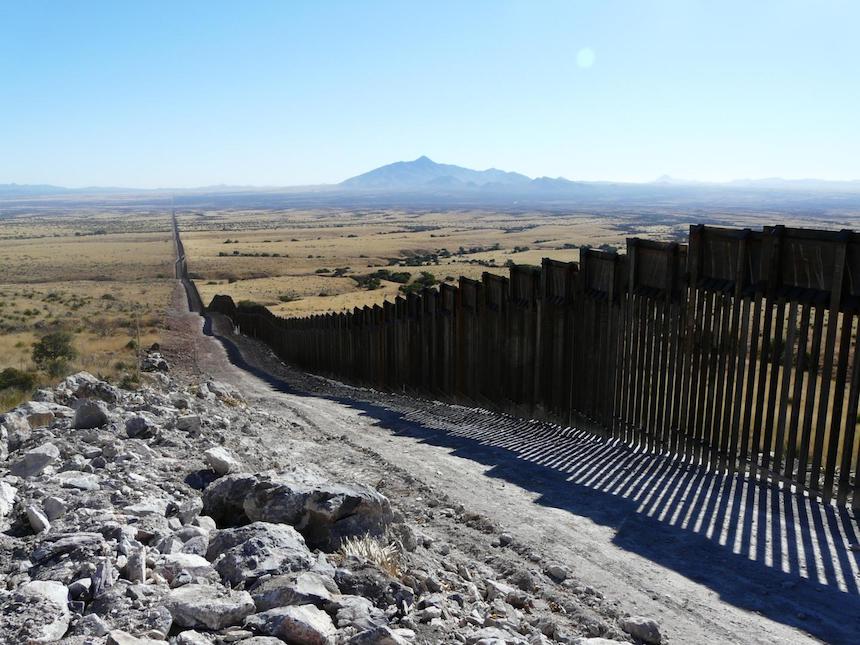
Matt Clark/Defenders of Wildlife
With the prospect of a U.S.-Mexico border wall looming, research and reporting on the ecological impacts of walls is both important and timely. Reporting in BioScience on such barriers’ known effects on wildlife, science journalist Lesley Evans Ogden describes the potential effects of the proposed structure along the 2000-mile U.S.-Mexico border. “If the wall is completed, it will create a considerable biodiversity conservation challenge—one unlikely to disappear anytime soon,” she writes.
The threats posed to local populations of species may be dire. Smaller aggregations of animals are often ephemeral and rely on individuals moving between populations to replenish their numbers and genetic stocks. “Local populations blink on and off like Christmas lights,” says the University of Arizona’s Aaron Flesch, who was interviewed for the article. The concern is that, if a border wall prevents migration, isolated local populations may fail to blink back on again.
Research described in the article points to problems even in areas where actions have been taken to allow animal movement. “Even when there isn’t a physical wall or much of a barrier, [border agents] are actively engaged in enforcing the law through patrols,” explained David Christianson of University of Arizona. These patrols, which may disrupt movement or other animal behavior, often include off-road travel “right in the middle of this endangered species habitat,” says Christianson. Preliminary radio-collar and camera-trap data indicate that some species, such as pronghorn antelope, do not frequently travel near the US-Mexico border.
AIBS says that perhaps most significant, some research described by Evans Ogden indicates that hardened border barriers may be ineffective in preventing passage by the species they are intended to impede—humans. Jamie McCallum, a consultant at Transfrontier International Limited, and his colleagues from the Zoological Society of London set camera traps in protected areas where 4- to 5-meter steel barriers are already in place. The traps were used to photographically “capture” the presence of mammals along the border. Animals such as coati and pumas were found in lower numbers near hardened borders, as was expected by the researchers. However, the photographic evidence showed no lower likelihood of finding smugglers or undocumented migrants near border walls. Although more work remains to be done, this could be a sign that walls do little to prevent human cross-border movement. Says McCallum, “I thought it would have at least some kind of trace of an effect, even if it wasn’t a statistically significant finding. But it didn’t appear to.”
— Read more in Lesley Evans Ogden, “Border Walls and Biodiversity: New barriers, new horizons,” BioScience (24 May 2017) (DOI: https://doi.org/10.1093/biosci/bix044)
This article is published courtesy of Homeland Security News Wire.

